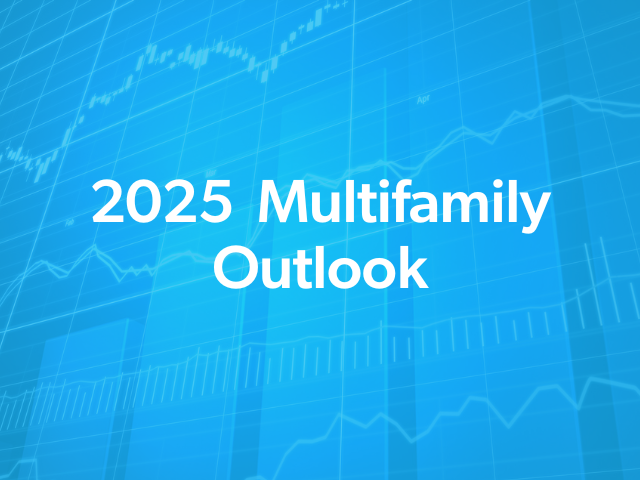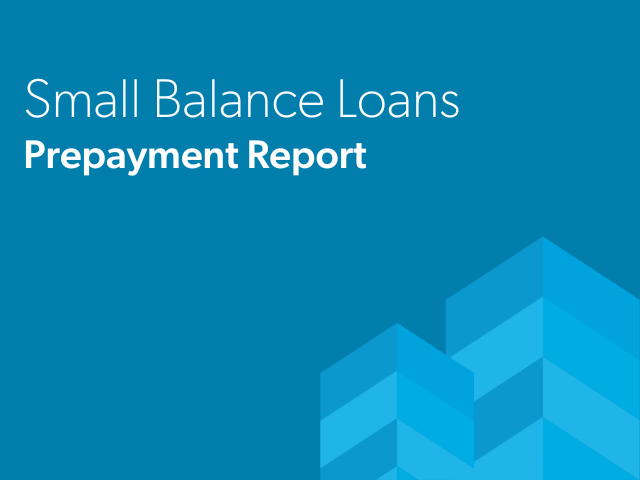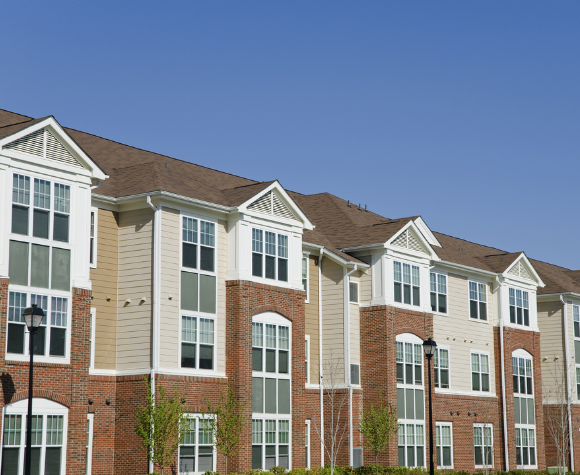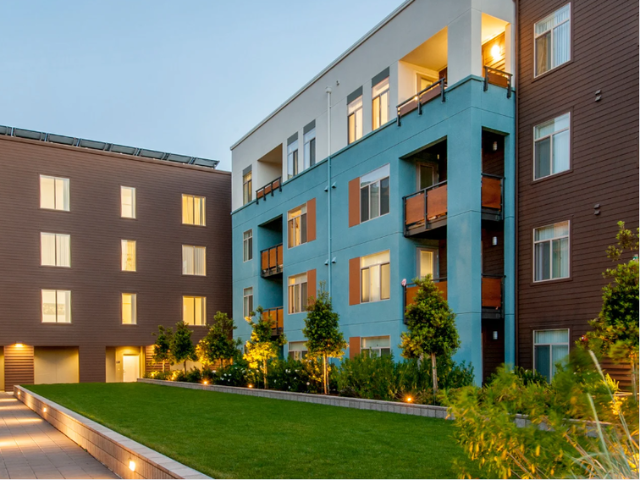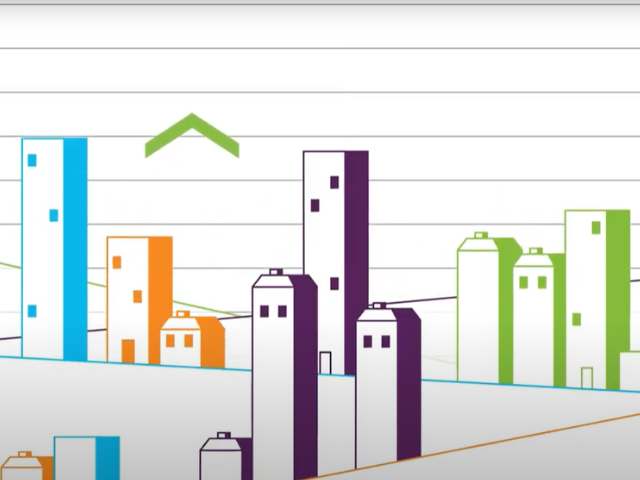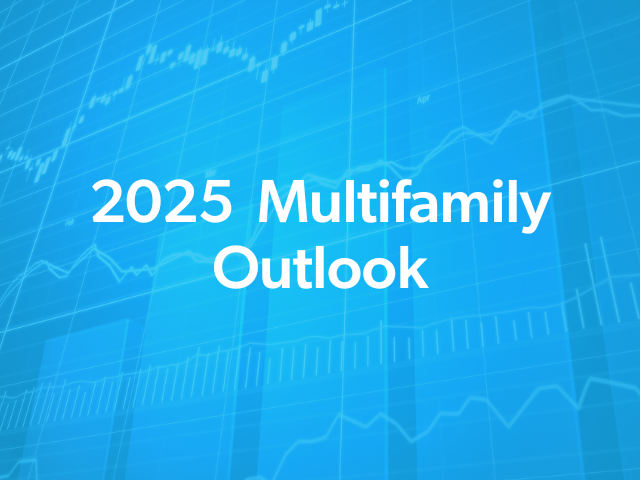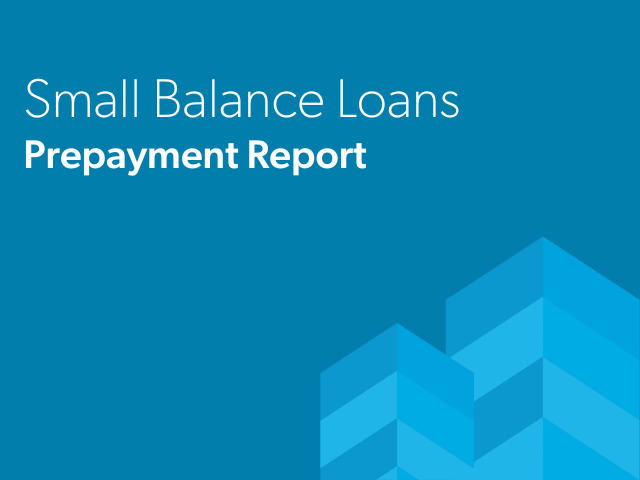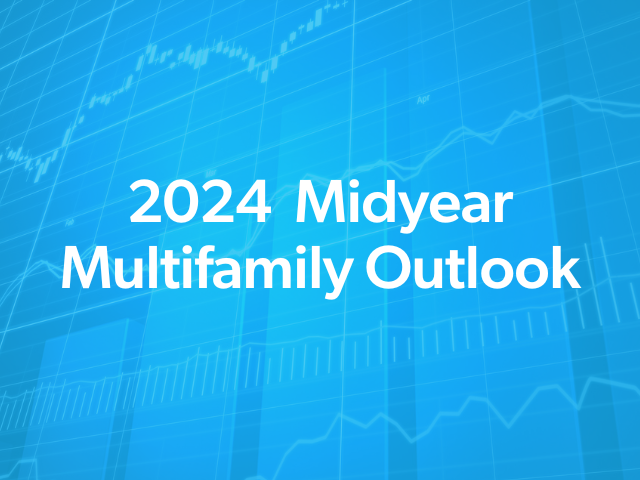Research
Gain market insights into industry trends, forecasts and more.
The Multifamily Research team authors a wide range of research covering multifamily conditions and forecasts as well as supporting our affordable and mission-driven housing goals.
- Business Analysis – Resources to support business decisions
- Market Trends – Explore economic and multifamily market trends
- Insights – Covers various industry topics
Latest Report: 2025 Multifamily Outlook
Use the filters to find topics of interest or browse all content to see the full range of available reports.
